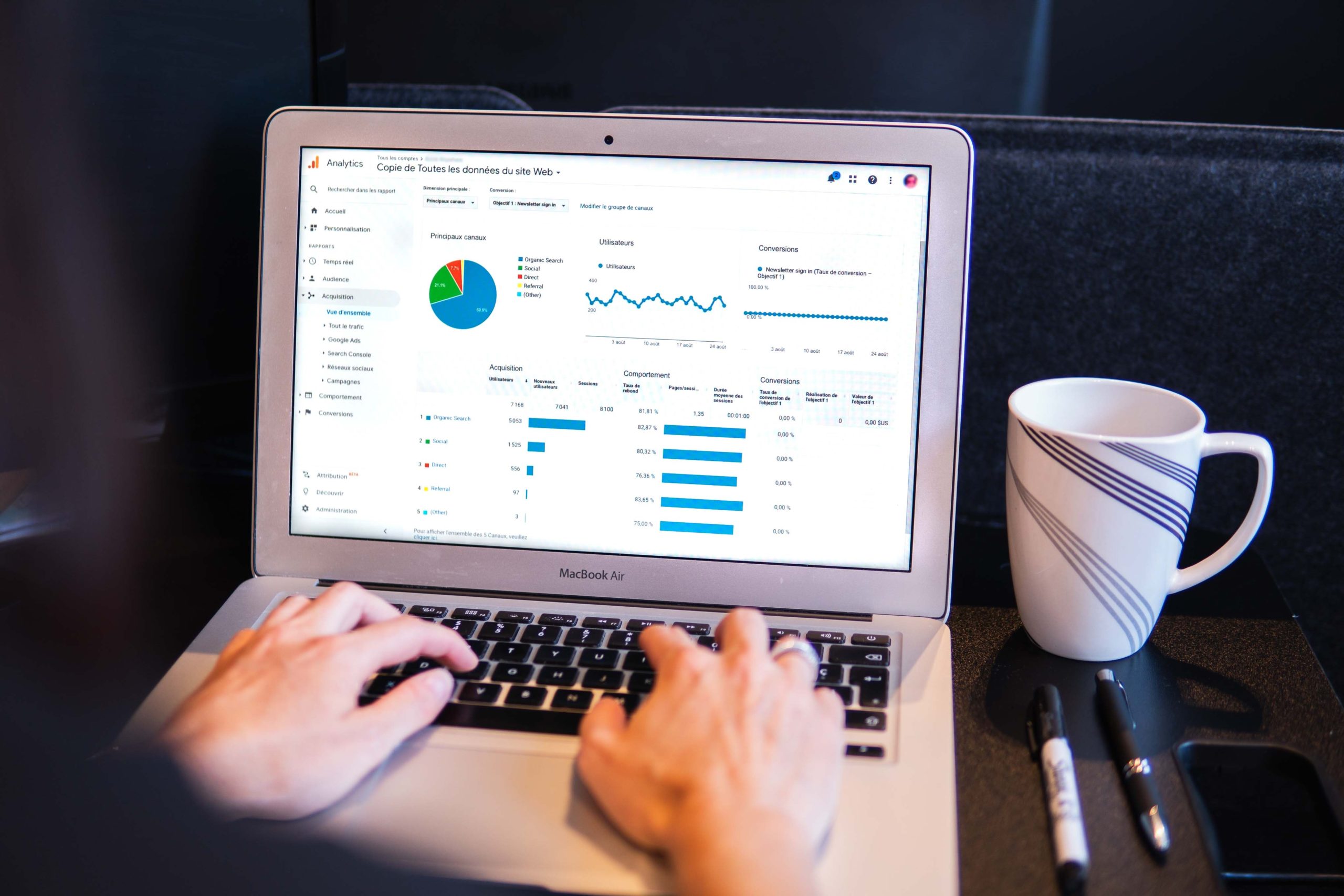The challenge for most small businesses considering implementing CRM software is getting people to actually use it. If sales people feel like they are wasting their time by typing their activities into a computer then they will quickly give up and move on to activities that make them money. We have found the solution to this problem to be:
1-Make the tool as simple to use as possible
There are several facets to making the CRM tool simple to use. For one thing it needs to not have any fields that are not relevant as this can be overwhelming and appear as a waster of time. We find the most important elements in tracking an activity to be the customer, the products that they are interested in and notes. Many other elements can be filled in automatically like the date the entry is being done and the user who is tracking the activity. In addition, having a location to attach relevant documents for later reference can save the user from having to go back and forth between emails.
2-Valuable output
If the sales people are not getting anything out of the CRM tool they will certainly not put anything into it. Some great tools that help them get value from the CRM include:
• Email reminders to get back to customers
• Profession quote documents to send to customers
• Reporting that allows them to see what products a customer has inquired about, and what prices they have been quoted
• Suggestions on what customers would be a good fit for a new product
3-Tightly integrated with all the other software already being used
If the CRM tool is integrated with all the other software that the company and that user is already using then it makes the experience considerable more rewarding. One example would be the ability to drag and drop files from emails into CRM tasks, or converting a quote directly into an order in the back office system saving the user from re-entering everything over again.
Here is an example of how a VISCO user would use the VISCO CRM tools:
Salesman Jack works for a chemical importer and distributor and a customer calls in and requesting a quote on Acetone. Jack opens VISCO Inquiries tool and makes note of the conversation and slects from lists who the customer is and the product he is inquiring about and assigns this activity to Sales administrator Susan to get pricing from a few overseas suppliers. Susan receives an automatic email telling her that Jack needs pricing on acetone and the system also generates RFQ documents for her and suggests the suppliers she will want to send them to based on historical purchase activity.
Once Susan receives pricing back from suppliers she uploads the pricing which also notifies Jack that he has quotes back from suppliers. Jack uses the price estimator tool to compare these supplier offers and based on the pre-determined formulas is able to calculate all the other costs involved in importing the product like ocean freight, duty, trucking, and financing costs to get an idea of what his true landed cost per LB will be. Once the mark up is considered, the system will suggest to Jack what he should be quoting the customer on the load of Acetone.
Jack simply converts the supplier offer into a quote and is able to email a professional looking pdf to the customer for his approval. After some negotiation, the quote is converted to an order and sent to operations for processing





